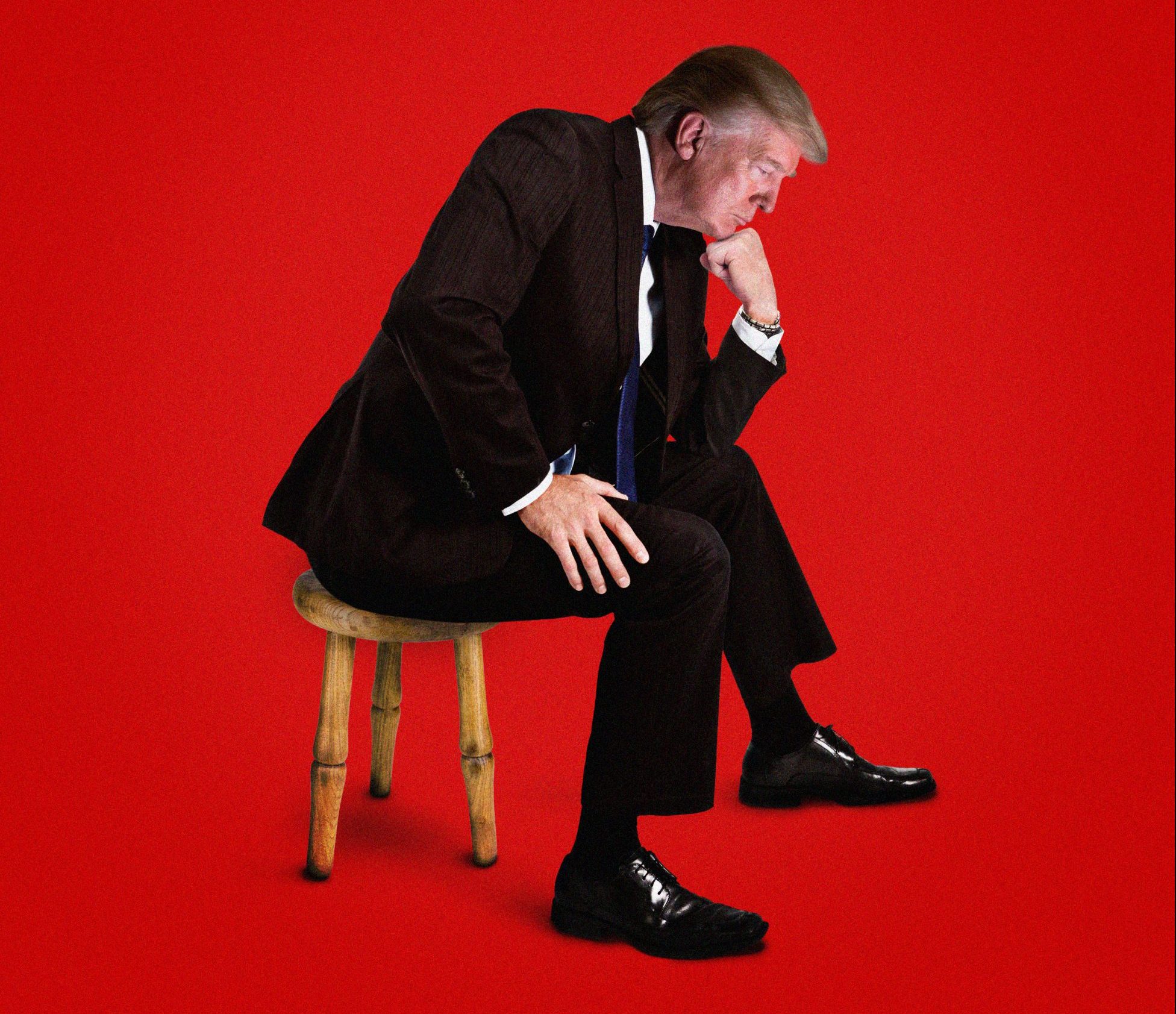TAC Symposium: What Is American Conservatism?

What is American conservatism? Some say it’s an oxymoron. Others insist that it defies definition. Conservatives themselves have been fighting about it for more than a half century. And liberals tend to agree with literary critic Lionel Trilling that it’s nothing more than “irritable mental gestures which seek to resemble ideas.”
American conservatism is hard to define. The terms American, conservatism, and American conservatism imply different things to different people:
When was America founded? When the Mayflower arrived in 1620? When the Declaration of Independence was signed in 1776? Or when the Constitution became law in 1789?
Is America an idea or a place, or some combination of the two?
Does conservatism refer to European conservatism, which is more traditionalist and aristocratic, or does it refer to classical liberalism in the American context?
Does American conservatism signify the conservative intellectual and political movement that coalesced around Buckley’s National Review and culminated in the presidency of Ronald Reagan? Or is it the constellation of think tanks and activist groups in D.C. often pejoratively described as “Conservatism, Inc.”?
And finally, perhaps most importantly, does anyone outside a small bubble of talking heads, politicos, and professors even care about American conservatism or its relevance for the country in 2020 and beyond?
These are the questions that will be debated and discussed on the pages of this special edition of TAC. In 1964, Frank Meyer attempted a similar feat by publishing a collection of essays by Russell Kirk, Bill Buckley, F.A. Hayek, and others, entitled What is Conservatism? Neal Freeman, from whom you’ll hear in this issue, helped Meyer with the task. Freeman describes Meyer’s motivations as follows: “To have any prospect for political success, conservatives would be obliged to subordinate sectarian obsessions to a loose, right-of-center consensus. The inevitable tensions between coalition partners, Meyer assured us, would conduce to a vibrant national movement.”
They got their movement. And in 1981, they got their president.
Yet in the decades after the Reagan administration, American conservatism came unmoored from its intellectual forebears. It proved to be uninterested in, or incapable of, countering the vast expanse of the administrative state or the increasingly totalitarian demands of the cultural Left. Its policies channeled a progressive idealism that would have been unrecognizable to both traditionalist and libertarian contributors to Meyer’s symposium. Perhaps the most notable example of this is the disastrous Iraq war, which precipitated this magazine’s founding.
In many ways, the election of Donald Trump ushered in a new conservative consensus. His campaign dissented from the Right’s prevailing orthodoxy on issues like trade, immigration, and foreign policy. And voters rewarded him at the ballot box.
But the Trump presidency has been a mixed bag on these key issues. Despite its popularity with grassroots conservatives, this America First agenda is rejected by a majority of conservative institutions inside the beltway, a majority of Republicans in Congress, and even a majority of staffers in Donald Trump’s own White House. Clearly, consensus is disputed.
That is where we find ourselves today, once more re-examining the nature of conservatism. For some, there truly is a new Right emerging around an America First foreign policy, economic nationalism, immigration restriction, and pro-family policy. Sympathetic voices include Tucker Carlson, Sen. Josh Hawley, Peter Thiel, J.D. Vance, and one of this magazine’s founders, Pat Buchanan. And many contributors to this symposium would share much, but perhaps not all, of these priorities. 
But there is another side to the story. There are also principled libertarians, localists, social conservatives, and fusionists, many who are friends of this publication, who reject Trumpism and its more refined variants. For them, the message, or most of it, conflicts with their understanding of American principles or religious values. They’ll be given a chance to make their case in this symposium as well.
When ISI Books published a new edition of Meyer’s classic, What is Conservatism?, in 2014, the introduction described the book as “The Federalist Papers of American Conservatism.” That’s a high bar. The aim of this symposium is to provide a snapshot of the state of conservatism during the Trump era. Furthermore, the essays in this series are also colored by unique, historic events like the global coronavirus pandemic, the lockdown and reopening of the economy, nationwide protests and riots following the killing of George Floyd, and the 2020 presidential election.
The purpose of this magazine has always been to reignite the conversations that conservatives ought to have engaged in since the end of the Cold War, but didn’t. In that vein, this symposium comes at a seminal moment in our nation’s history. Whether it measures up to the original, or charts the course for a new political coalition, remains to be seen.
Comments